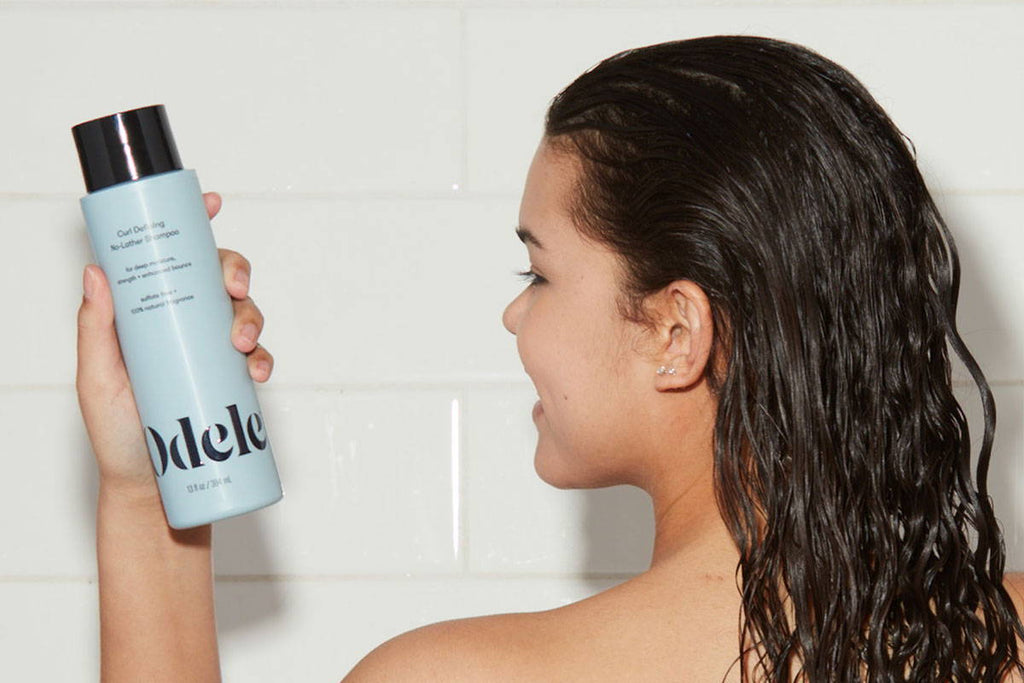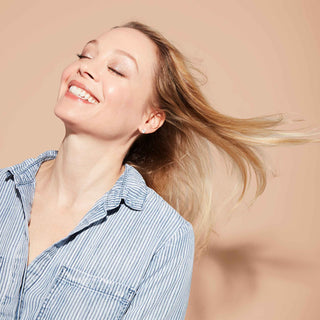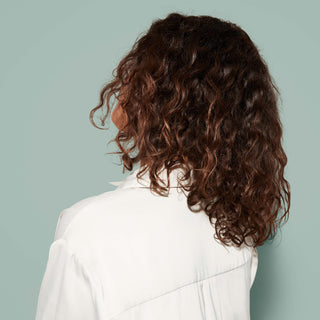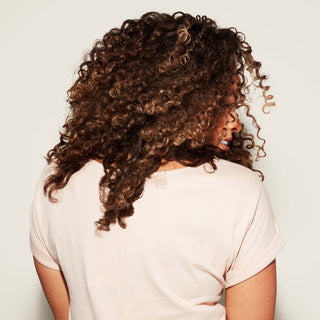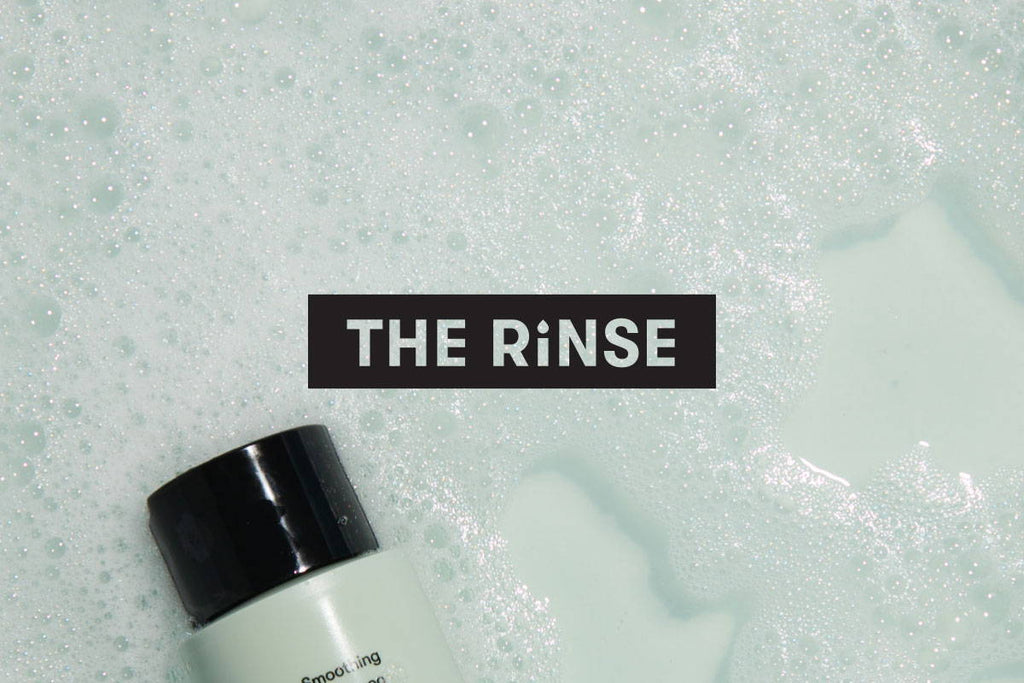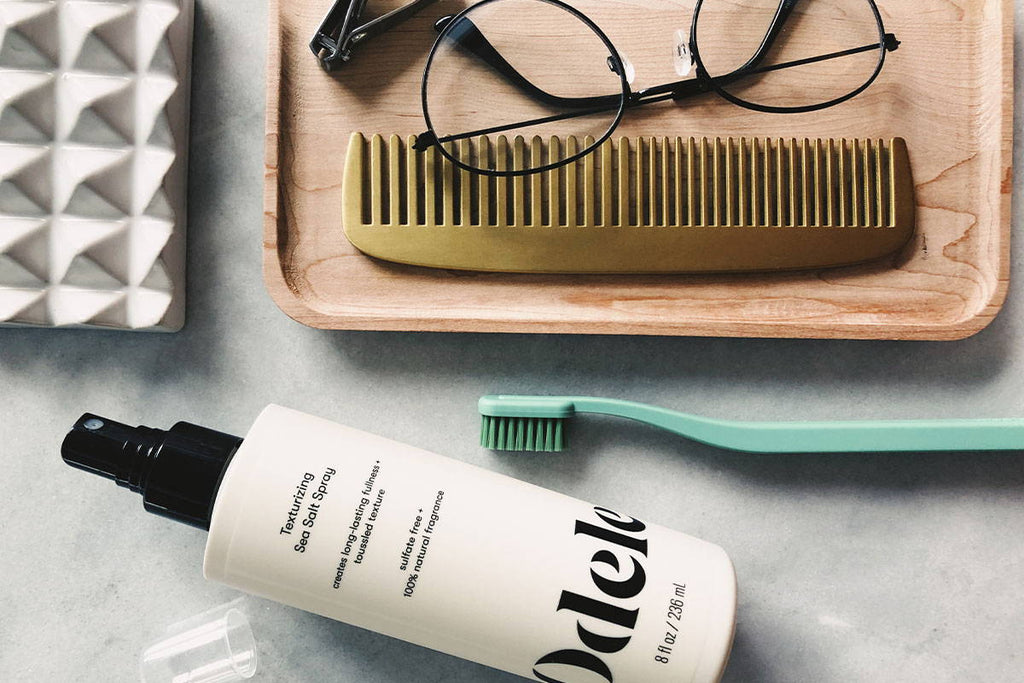While we’re all pretty familiar with the benefits of ingredients like aloe vera and argan oil, many of the best (and safest) ingredients for our hair sound a lot less wholesome and a lot more, well, terrifying. And if you read hair product labels, you’ve probably been stumped by a few unrecognizable, scary-looking ones.
That’s why we’ve decoded four of our favorite ingredients that may sound sinister, but are actually good—and safe!—for your hair. Though they may be tricky to pronounce, they deliver important benefits that help keep your hair healthy and manageable. We like to think of them as the unsung heroes of clean hair care—partially because nobody can sing (or say) their names properly.
Read on to learn what they do and why we love them in our products.

1. Sodium Lauroyl Methyl Isethionate
What it does: gently cleanses
Where you'll find it: Ultra Sensitive Shampoo
Sodium lauroyl methyl isethionate is a cleansing agent (aka surfactant) that can be found in shampoos, body washes and even toothpastes.
Derived from coconuts, it’s a safe, mild alternative to harsh sulfates and other aggressive surfactants that can strip the hair of its natural oils.
We’ll get this out of the way, too—it’s not the same as sodium lauryl sulfate, which is another common cleansing agent.
Because shampoos are designed to remove oil and buildup from the hair, they typically contain surfactants that have oil-attracting properties. When you work the shampoo into your hair and scalp, the surfactant binds to those oils and impurities, removing them from the hair when it’s rinsed out.
Still, some oil is necessary to keep your hair and scalp healthy. That's why we love sodium lauroyl methyl isethionate: it gently cleanses the hair without removing those vital oils, allowing the hair to retain its moisture and shine.
It’s also biodegradable, so it’s gentle on the environment, too.

2. Polyquaternium-10
What it does: conditions and fights frizz
Where you'll find it: Volumizing Shampoo, Smoothing Shampoo, Moisture Repair Shampoo, Ultra Sensitive Shampoo, Purple Shampoo, Clarifying Shampoo, Air Dry Styler
Polyquaternium-10 is a multitasking ingredient that delivers all kinds of hair-healthy benefits, from taming frizz to improving shine.
It’s one of many “polyquats”—lab-made ingredients formed from carbon, hydrogen and nitrogen that are frequently used in hair care products for their conditioning and frizz-fighting effects.
So how does it work? Scientifically speaking, it all comes down to positive and negative charges. Yep, we’re talking electricity.
Hair is naturally negatively charged. Damaged hair fibers have a higher negative charge, which causes the layers of the hair cuticle to lift and separate from each other—hello, frizz.
Polyquats like polyquaternium-10 are beneficial to the hair because they have a positive charge. When applied to the hair, the positively charged polyquat binds to the negatively charged cuticle (opposites attract!) and neutralizes the charge, helping to reduce static and smooth the hair.
Polyquaternium-10 also provides the unique benefit of forming a film around the strands to condition and protect from damage. The result? A silkier, smoother, more manageable mane.

3. Guar Hydroxypropyltrimonium Chloride
What it does: detangles, smooths, conditions
Where you'll find it: Volumizing Shampoo, Smoothing Shampoo, Moisture Repair Shampoo, Purple Shampoo, Clarifying Shampoo, all Body Wash
Guar hydroxy-what? Despite its menacing 12-syllable moniker, this ingredient is safe, non-toxic and plant-derived (from guar beans).
An excellent conditioning agent, you’ll often find it in shampoos, conditioners and body washes. (And you’ll often find us trying to avoid ever having to say it out loud in Odele product development meetings.)
Similar to polyquaternium-10, it uses its positive charge to neutralize the negative charges that create frizz, tangles and static. Along with its detangling powers, it’s especially effective at smoothing and conditioning the hair without weighing it down.

4. Cetearyl Alcohol
What it does: hydrates, moisturizes
Where you'll find it: Volumizing Conditioner, Smoothing Conditioner, Curl Defining No-Lather Shampoo, Curl Defining Conditioner, Moisture Repair Conditioner, Ultra Sensitive Conditioner, Purple Conditioner, Moisture Mask, Leave-in Conditioner, Leave-in Detangling Tonic
Cetearyl alcohol is a commonly misunderstood ingredient that’s a lot safer than it sounds.
When most of us think “alcohol,” we think about the box of wine in the fridge (hey, it’s a nice box). And next, we think of what are called simple alcohols: thin, watery substances like isopropyl (rubbing) alcohol that sanitize but can have drying or irritating effects.
Cetearyl alcohol, however, falls into the category of fatty alcohols, which are oily, waxy substances that are non-drying and non-irritating. In fact, they’re so gentle that the FDA even allows them in products labeled “alcohol-free.”
Cetearyl alcohol is made from two other fatty alcohols, cetyl and stearyl, which are found in plants like coconut and palm. It’s used in products as an emulsifier—which basically means it stops the mix of oils and water in your conditioner from separating out into a hot mess.
It also works to keep the hair hydrated by trapping in moisture and adds “slip” to conditioners and creams to help them easily spread through and coat your hair. A triple win.

